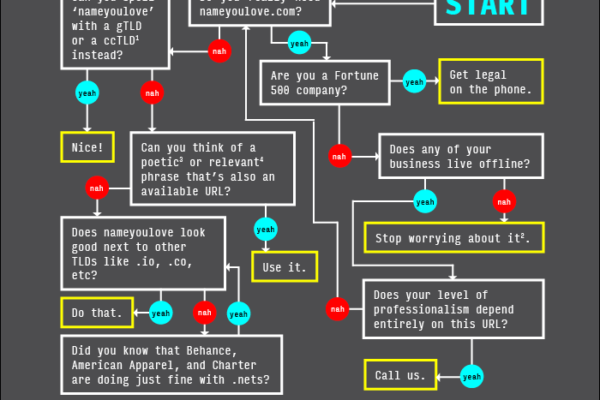Don’t Click That: The Clickbait Virus
On a bad day, the website Upworthy attracts some 1.5 million unique visitors. Good days see 5 million visits. That’s a hell of a lot of ad revenue without much overhead—the site just writes a bit of copy and hosts other people’s content.
So, you know, good for them. Ask Google “What is clickbait?” and you’ll find this attack on Buzzfeed, Upworthy’s younger, slightly-less-awful cousin.
Clickbait is always a letdown. Don’t believe the promise that a video of a guy in a monkey suit scaring the shit out of some kids will “restore your faith in humanity.” It won’t. It’ll have you asking why you clicked that link, and the next time you see that phrase—if you’re smart—you’ll remember not to click. Speaking of which:
Clickbait is a turn-off for people who know better, and a magnet for people who don’t. If you’re smart enough to recognize the clickbait advertising formula, you stay away from the stuff. That means that the people who make it past the filter are the dumb ones. Sorting for ignorance is not a good call, unless the only thing you want is ad revenue, in which case, go right ahead and trap the dumb ones in your messed up cycle. How’s it messed up?
Clickbait is emotionally manipulative. The downward motion it creates—from initial excitement to inevitable letdown—isn’t the kind of feeling you want associated with your brand. Broken promises are for pithy fiction and daytime TV. Finally:
Clickbait doesn’t attract enthusiasts. If someone gets to your website by way of a video that “calls out photoshopped magazine ads,” do you think they care about what you have to offer? They showed up for some low-grade entertainment—they’re probably not interested in whatever you’re selling.
For the love of god, don’t spread the clickbait virus.

